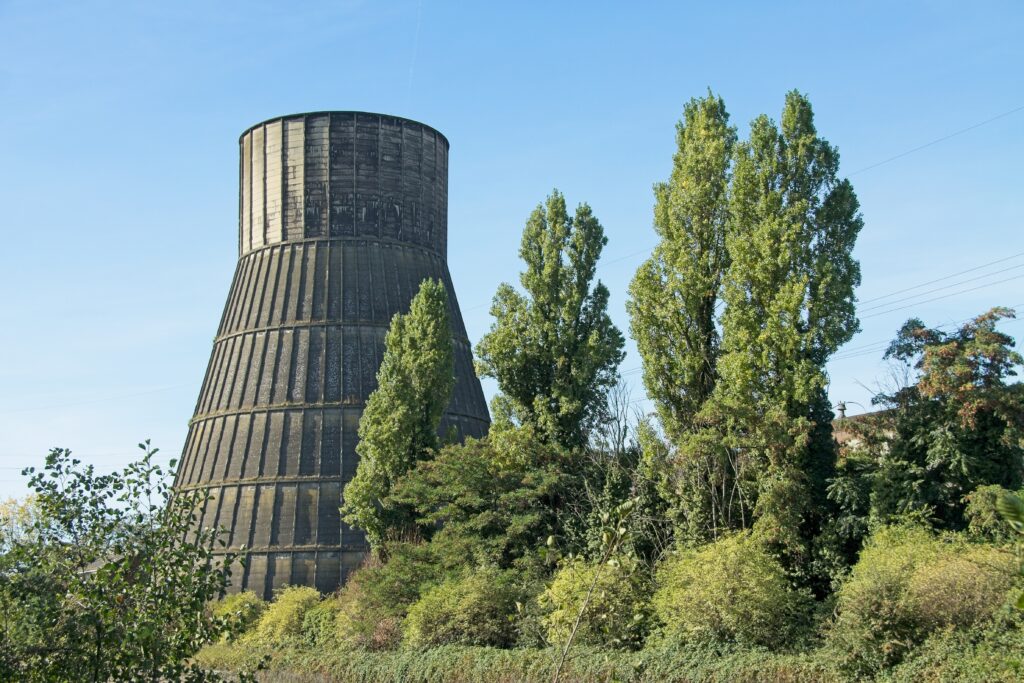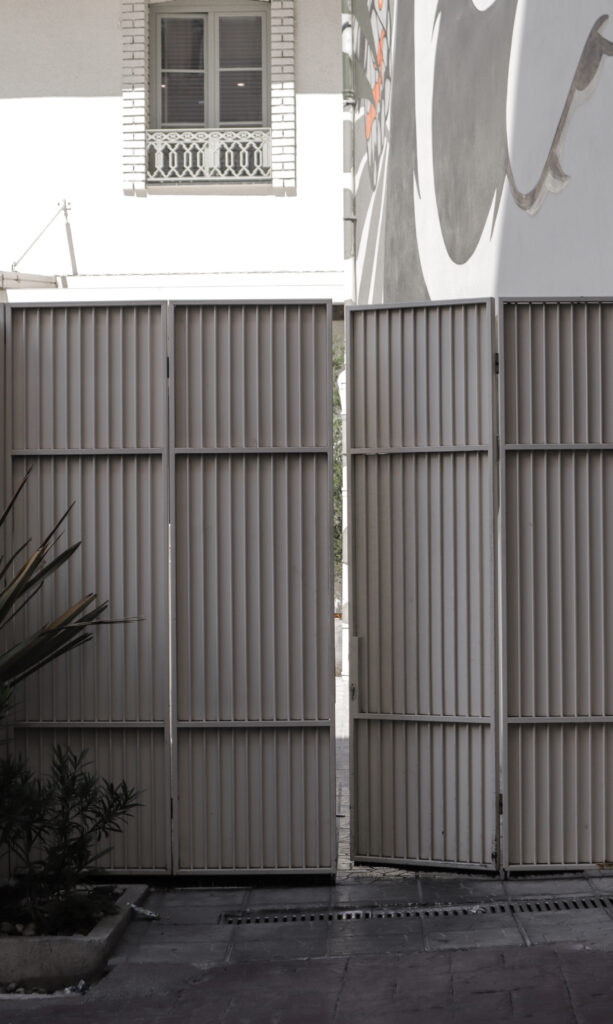Are you struggling to choose the perfect power tool for your metalworking and metal drilling needs? Whether you’re a seasoned professional or a DIY enthusiast, finding the right tool can often be overwhelming. With so many options available, it’s important to consider factors like power, versatility, and durability. In this article, we will guide you through the process of selecting the ideal power tool for your metalworking and metal drilling projects, so you can achieve precise and efficient results every time. Metalworking and metal drilling projects require the use of specialized power tools that can handle the specific tasks involved and deliver efficient and precise results. With a wide range of options available on the market, it can be overwhelming to determine which tool is best suited for your needs. This comprehensive article will guide you through the factors to consider when selecting power tools for metalworking and metal drilling, the different types of power tools available, key considerations for each type, and popular brands to consider. By exploring these aspects, you can make an informed decision and ensure that you have the right power tool for your metalworking and metal drilling projects.

Factors to Consider When Selecting Power Tools for Metalworking and Metal Drilling
Before diving into the different types of power tools available, it’s essential to consider certain factors that will determine the most suitable tool for your specific needs.
1. Type of Metalwork
Firstly, assess the type of metalwork you’ll be undertaking. Different metalworking projects require different tools. For example, if you’ll mainly be drilling holes in metal surfaces, a power drill or an impact driver would be suitable. On the other hand, if you’ll be cutting through metal, an angle grinder or a metal cutting saw may be more appropriate. Understanding the nature of your metalworking tasks will help you choose the right tool for the job.
2. Scope of the Project
Consider the size and scope of your project. If you’re working on smaller, occasional projects, a compact and portable power tool may suffice. However, if you’re embarking on larger projects or working in a professional capacity, a more robust and powerful tool may be necessary. Assessing the scale of your project will ensure you choose a power tool that meets your requirements for both efficiency and durability.
3. Power Source
Power tools for metalworking and metal drilling can be powered by either electricity or batteries. Electric-powered tools generally offer more consistent and reliable power, ideal for prolonged use. Cordless tools, on the other hand, offer greater portability and flexibility but may have limited power or require periodic battery recharging. Consider your specific needs in terms of power source to determine which option is best suited for you.
4. Tool Speed and Torque
Depending on your metalworking tasks, you may need a power tool with variable speed control. This feature allows you to adjust the tool’s speed according to the material being worked on or the specific operation being performed. Additionally, torque is an important consideration, especially for drilling or fastening operations. Higher torque allows for greater power and efficiency in these tasks. Assessing the required speed and torque specifications will help you choose a power tool that can handle your specific metalworking projects effectively.
5. Size and Weight
Consider the size and weight of the power tool. An ergonomic and lightweight tool makes it easier to handle and maneuver, especially during extended periods of use. However, larger and heavier tools may offer more power and stability. It’s vital to strike a balance between the tool’s size, weight, and your ability to handle it comfortably over time.
6. Ergonomics and Comfort
Ergonomics plays a crucial role in power tool selection. A well-designed tool with a comfortable grip and intuitive controls can significantly improve your productivity and reduce fatigue during metalworking tasks. Look for features such as rubberized grips, adjustable handles, and well-placed switches and buttons to ensure your comfort throughout your projects.
7. Safety Features
Safety should always be a top priority when working with power tools. Look for safety features such as blade guards, safety switches, lock-off buttons, and dust extraction systems. These features help reduce the risk of accidents and protect you from potential hazards. Prioritizing safety will provide you with peace of mind as you work on metalworking and metal drilling projects.
8. Tool Accessories and Compatibility
Consider the availability of tool accessories and the compatibility of these accessories with the power tool you choose. Having a variety of compatible accessories enhances the versatility of your tool and allows you to tackle a wider range of metalworking tasks. It’s worth checking the availability and cost of these accessories to ensure they are within your budget and readily accessible when needed.
9. Brand Reputation and Warranty
When investing in power tools, it’s essential to consider the reputation of the brand and the warranty they offer. Established brands with a strong reputation for quality and reliability are more likely to deliver durable and high-performing tools. Additionally, a comprehensive warranty gives you the assurance that the brand stands behind its product. Researching and considering the brand’s reputation and warranty terms will help you select a reputable and reliable power tool.
10. Budget and Cost
Finally, budget is an important factor to consider when selecting power tools. Determine your budget range and compare prices among different brands and models. While it’s tempting to opt for the cheapest option, remember that a low-quality tool may end up costing you more in the long run due to frequent repairs or replacements. Strive to find a power tool that offers the best balance of quality, performance, and affordability within your budget.
By considering these factors, you can narrow down your options and make an informed decision when selecting power tools for your metalworking and metal drilling projects.
Types of Power Tools for Metalworking and Metal Drilling
Now that we’ve discussed the factors to consider, let’s delve into the different types of power tools available for metalworking and metal drilling. Each type serves specific purposes and comes with its own set of features and capabilities. Understanding these options will help you determine which power tool is most suitable for your specific metalworking needs.
1. Power Drills
Power drills are versatile tools that can be used for various metalworking tasks, such as drilling holes and driving screws. They come in different sizes and power options, including corded and cordless models. Power drills typically feature adjustable speed settings, allowing you to handle a wide range of drilling operations with precision.
2. Impact Drivers
Similar to power drills, impact drivers are primarily used for driving screws and fastening applications. However, they excel in delivering high torque and driving power, making them ideal for heavy-duty projects. Impact drivers use a combination of rotational and concussive forces to power through tough materials effectively.
3. Angle Grinders
Angle grinders are widely used in metalworking for grinding, cutting, and polishing applications. They feature a rotating abrasive disc that can remove material quickly and efficiently. Angle grinders are available in various sizes and power options, offering versatility for different projects.
4. Die Grinders
Die grinders are compact and powerful tools primarily used for grinding and shaping metal surfaces. They are commonly used in metal fabrication or automotive applications. Die grinders offer high-speed rotation and can be fitted with various accessories, such as grinding stones or carbide burrs, to achieve precise and intricate results.
5. Bench Grinders
Bench grinders are stationary tools mounted on a workbench or pedestal. They consist of two spinning abrasive wheels used for sharpening, shaping, and polishing metal objects. Bench grinders are commonly used in workshops or garages where a stable platform is required for precise metalwork.
6. Metal Cutting Saws
Metal cutting saws are designed specifically for cutting through metal. They can make straight or angled cuts in various metal materials, including steel, aluminum, and copper. Depending on the type, metal cutting saws can be operated with either a rotating circular blade or a reciprocating blade.
7. Metal Shears and Nibblers
Metal shears and nibblers are handheld tools used for cutting through sheet metal or thin metal materials. Metal shears are typically used for straight cuts, while nibblers are designed to create curved or irregular cuts. Both tools offer accuracy and control when working with sheet metal.
8. Metal Files and Deburring Tools
Metal files and deburring tools are essential for removing sharp edges, burrs, and rough spots from metal surfaces. They come in various shapes and sizes, allowing you to achieve smooth and finished edges. Metal files are commonly used for larger surfaces, while deburring tools excel at precision deburring in tight spaces.
9. Metal Sanders and Polishers
Metal sanders and polishers are used for smoothing metal surfaces, removing rust or paint, and achieving a polished finish. They come in different types, including belt sanders, orbital sanders, and benchtop sanders. Metal polishers utilize rotating pads or wheels to produce a gleaming and professional-looking finish.
10. Metal Lathes
Metal lathes are specialized tools used for shaping and machining metal objects with precision. They consist of a rotating spindle that holds the metal workpiece while various cutting tools shape and refine it. Metal lathes are commonly used in industries such as manufacturing, automotive, and aerospace.
Now that you have a better understanding of the types of power tools available for metalworking and metal drilling, let’s explore some key considerations for each type to help you make an informed decision.

Key Considerations for Metalworking Power Tools
1. Drilling Capacity and Speed
For power drills and impact drivers, consider the drilling capacity and speed range of the tool. Drilling capacity refers to the maximum diameter of the hole the tool can drill. Speed range determines the flexibility and control you have over the tool’s drilling speed. Assessing these specifications will ensure that the tool can meet the requirements of your metalworking projects.
2. Motor Power and Efficiency
The motor power of a metalworking power tool, measured in watts or amps, indicates its overall performance and capability. Higher power allows for greater efficiency and the ability to handle heavy-duty tasks. Consider the motor power of the tool you’re considering to ensure it can handle your specific metalworking needs.
3. Chuck Size and Type
For drills and impact drivers, the chuck size and type are important considerations. Chuck size determines the maximum diameter of the drill bit or screwdriver bit that the tool can accommodate. Ensure that the chuck size is suitable for the range of drill bits or accessories you plan to use. Additionally, consider the chuck type, such as keyless or keyed, based on your personal preferences and convenience.
4. Hammering and Impact Mechanism
If you intend to use a power drill for masonry or concrete drilling, consider a drill with a hammering or impact mechanism. This feature generates additional force and percussive action to power through tough materials effectively. Assess your specific metalworking needs to determine if this feature is necessary for your projects.
5. Variable Speed Control
Variable speed control is an important feature to consider for power drills, impact drivers, and grinders. This feature allows you to adjust the tool’s speed to match the material being worked on or the specific task at hand. Variable speed control provides greater versatility and precision in your metalworking projects.
6. Orientation of the Tool
Some power tools, such as angle grinders or die grinders, offer adjustable orientations, allowing you to work at different angles or positions. This feature enhances flexibility and comfort during metalworking tasks. Consider the orientation options available for the power tools you’re considering and choose one that best suits your needs.
7. Handle Design and Grip
Ergonomics and comfort are crucial when selecting metalworking power tools. Look for tools with well-designed handles and ergonomic grips that provide a comfortable and secure hold. This allows for better control, reduces fatigue, and enhances your overall metalworking experience.
8. Vibration and Noise Level
Power tools can generate vibrations and noise during operation, which can have an impact on your comfort and safety. Look for tools with features that minimize vibrations, such as rubberized grips or anti-vibration systems. Additionally, consider the noise level of the tool, especially if you’ll be working for extended periods or in noise-sensitive environments.
9. Cooling and Dust Extraction Systems
For power tools that generate a significant amount of heat or produce dust particles, cooling and dust extraction systems are important considerations. Cooling systems, such as fans or heat dissipation mechanisms, prevent the tool from overheating during prolonged use. Dust extraction systems, such as built-in dust ports or attachments, help maintain a clean work environment and protect you from harmful dust particles.
10. Safety Switches and Lock-Off Buttons
Safety should always be a priority when working with power tools. Look for tools with safety switches or lock-off buttons that prevent accidental starts or ensure the tool is securely locked when not in use. These safety features help reduce the risk of accidents and protect you during metalworking tasks.
By considering these key aspects for metalworking power tools, you can choose the most suitable tool that meets your specific needs and ensures efficient and safe metalworking operations.

Key Considerations for Metal Drilling Power Tools
When selecting power tools specifically for metal drilling, certain considerations become even more important. Let’s explore the key factors you should keep in mind when choosing metal drilling power tools.
1. Types of Drilling Operations
Consider the types of drilling operations you’ll be performing. Different drilling tasks, such as drilling pilot holes or larger diameter holes, may require specific features or capabilities from the power tool. Assess your intended drilling operations to choose a power tool that can meet your requirements effectively.
2. Drill Bit Compatibility and Size
Drill bit compatibility is crucial when choosing metal drilling power tools. Ensure that the tool is compatible with the type and size of drill bits you plan to use. Additionally, consider the shank size and type of the drill bits that the power tool can accommodate. Compatibility ensures a seamless and efficient drilling experience.



